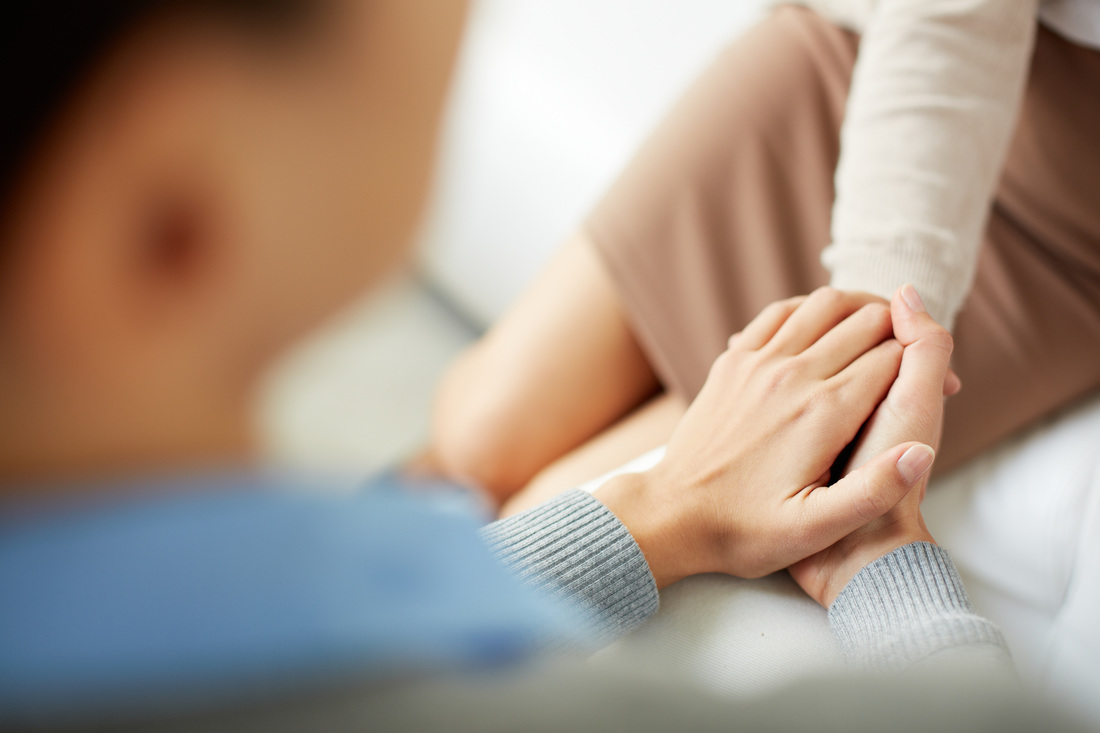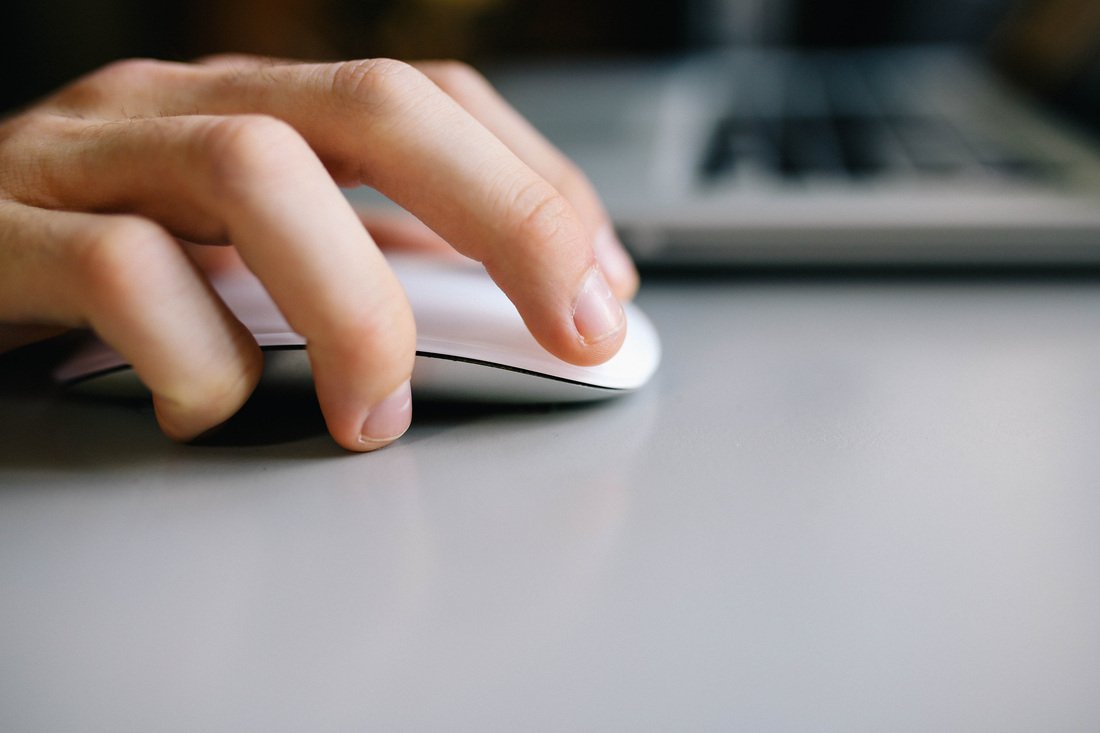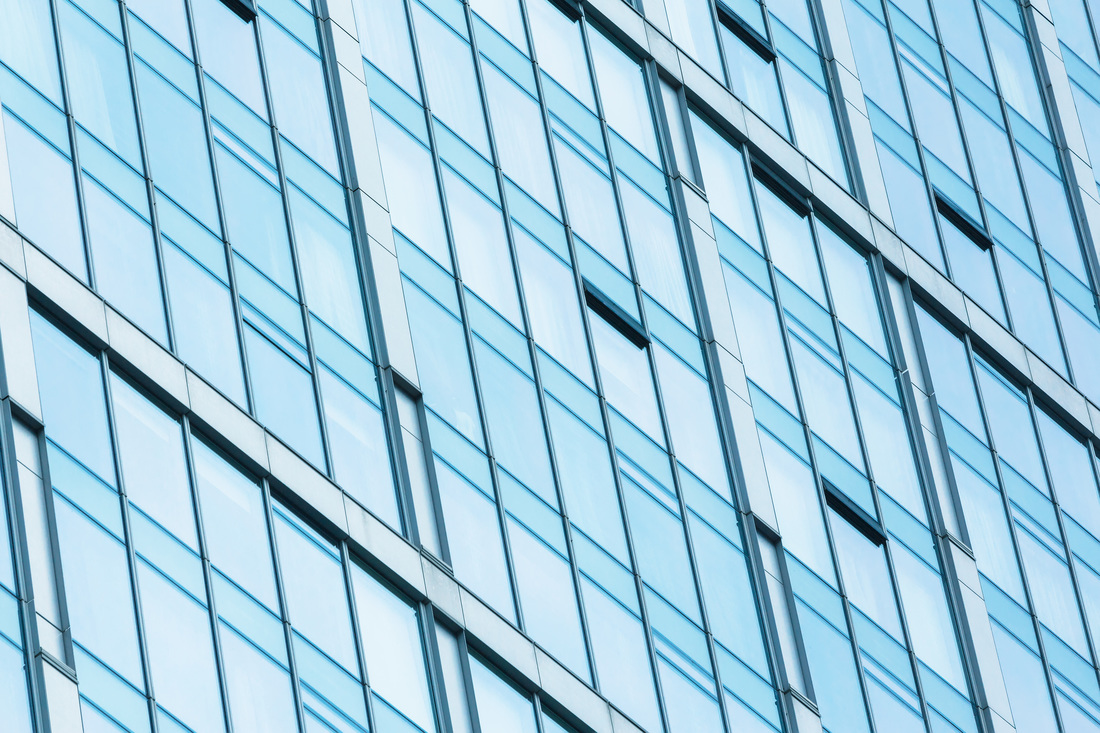
Not-for-profit long term care providers are becoming increasingly innovative and turning to advances in technology to help consumers ‘age in place’. For example, in Western New York, Lutheran Social Services has designed a new independent living system for seniors called the Smartment Building. The Smartment Building is a new state-of-the-art senior living facility that includes 14 apartments with built-in technology that helps people remain independent for as long as possible.
Likewise, The New Jewish Home in Manhattan is helping seniors with chronic conditions manage their health care in the comfort of their own homes through telehealth technology. Telehealth, the interactive electronic monitoring device, sends updates and real-time alerts to care providers when changes are spotted in a patient’s normal patterns. This technology allows a patient to receive prompt intervention and address smaller problems in the home rather than having them become bigger ones in a hospital.
At ArchCare at Ferncliff Nursing Home in Rhinebeck, new technology is giving stroke rehabilitation patients the opportunity to once again do simple tasks that had become difficult, if not impossible. The Omni Virtual Reality Therapy System is a set of three machines that has changed the way rehabilitation works. The first machine provides patients with an avatar, or a digital substitute for themselves within the machine’s reality, and then puts them into a realistic situation in which they are required to do minor tasks corresponding to movements in real life. The second machine has an assisted drive feature; it knows whether or not a patient is working and will put in enough input to keep the movement going. It also has a screen to provide patients with information about how fast they’re going, their heart rate, and how much effort they themselves are putting in versus how much effort the machine is putting in for them. The third and final piece of equipment provides weight assistance through the use of a harness to patients that have difficulty standing or are unable to stand altogether.
Likewise, The New Jewish Home in Manhattan is helping seniors with chronic conditions manage their health care in the comfort of their own homes through telehealth technology. Telehealth, the interactive electronic monitoring device, sends updates and real-time alerts to care providers when changes are spotted in a patient’s normal patterns. This technology allows a patient to receive prompt intervention and address smaller problems in the home rather than having them become bigger ones in a hospital.
At ArchCare at Ferncliff Nursing Home in Rhinebeck, new technology is giving stroke rehabilitation patients the opportunity to once again do simple tasks that had become difficult, if not impossible. The Omni Virtual Reality Therapy System is a set of three machines that has changed the way rehabilitation works. The first machine provides patients with an avatar, or a digital substitute for themselves within the machine’s reality, and then puts them into a realistic situation in which they are required to do minor tasks corresponding to movements in real life. The second machine has an assisted drive feature; it knows whether or not a patient is working and will put in enough input to keep the movement going. It also has a screen to provide patients with information about how fast they’re going, their heart rate, and how much effort they themselves are putting in versus how much effort the machine is putting in for them. The third and final piece of equipment provides weight assistance through the use of a harness to patients that have difficulty standing or are unable to stand altogether.

The nursing home model of care is evolving as well, and remains a critically important component of the long term care array of services. Efforts are underway to undo the institutional nature of nursing home care through “culture change” efforts focused on resident engagement and satisfaction, environmental modifications, and changes to staff roles. For example, The Eddy in the Capital Region has adopted and created small-home style care modeled after THE GREEN HOUSE, a concept that transforms traditional skilled nursing care for seniors and offers care in ranch-style houses, complete with private bedrooms and baths, family-style country kitchens with living/dining areas, and fireplaces.
Many providers have also turned to music-assisted care programs like the Music & Memory project to help bring contentment, happiness, and an enjoyable quality of daily life to residents. Metropolitan Jewish Healthcare System (MJHS)’s innovative music therapy program utilizes a multidisciplinary care planning process led by music therapists, and aided and supplemented by direct staff, to provide individualized and small-group music-based activities with individualized iPod playlists. The program responds to an unmet need in the nursing home community, since many caregivers often encounter residents who exhibit symptoms of agitation, wandering, or depression during care. Caregivers have reported noticing increases in appetite and communication, as well as reductions in both depression and agitation, among residents after music therapy. Cobble Hill Health Center in Brooklyn, a 364-bed facility, has had a similar program for more than seven years. There, residents who listen to music prior to ADLs such as bathing are more inclined to accept care.
St. Mary’s Center in Harlem offers residents a host of non-traditional therapies as part of a holistic approach to care. At St. Mary’s, getting healthy is about the whole person and empowering people to participate in self-care. Among the therapies offered are acupuncture, aromatherapy, tea time, massage, and yoga. To maximize residents’ quality of life and help them heal, St. Mary’s also offers Therapeutic Recreation activities such as bingo, dance/movement, community band, songwriting, and drama therapy.
Many providers have also turned to music-assisted care programs like the Music & Memory project to help bring contentment, happiness, and an enjoyable quality of daily life to residents. Metropolitan Jewish Healthcare System (MJHS)’s innovative music therapy program utilizes a multidisciplinary care planning process led by music therapists, and aided and supplemented by direct staff, to provide individualized and small-group music-based activities with individualized iPod playlists. The program responds to an unmet need in the nursing home community, since many caregivers often encounter residents who exhibit symptoms of agitation, wandering, or depression during care. Caregivers have reported noticing increases in appetite and communication, as well as reductions in both depression and agitation, among residents after music therapy. Cobble Hill Health Center in Brooklyn, a 364-bed facility, has had a similar program for more than seven years. There, residents who listen to music prior to ADLs such as bathing are more inclined to accept care.
St. Mary’s Center in Harlem offers residents a host of non-traditional therapies as part of a holistic approach to care. At St. Mary’s, getting healthy is about the whole person and empowering people to participate in self-care. Among the therapies offered are acupuncture, aromatherapy, tea time, massage, and yoga. To maximize residents’ quality of life and help them heal, St. Mary’s also offers Therapeutic Recreation activities such as bingo, dance/movement, community band, songwriting, and drama therapy.
TelehealthOmniVR |
SmartmentMusic & Memory |
The EddySt. Mary's Center |







